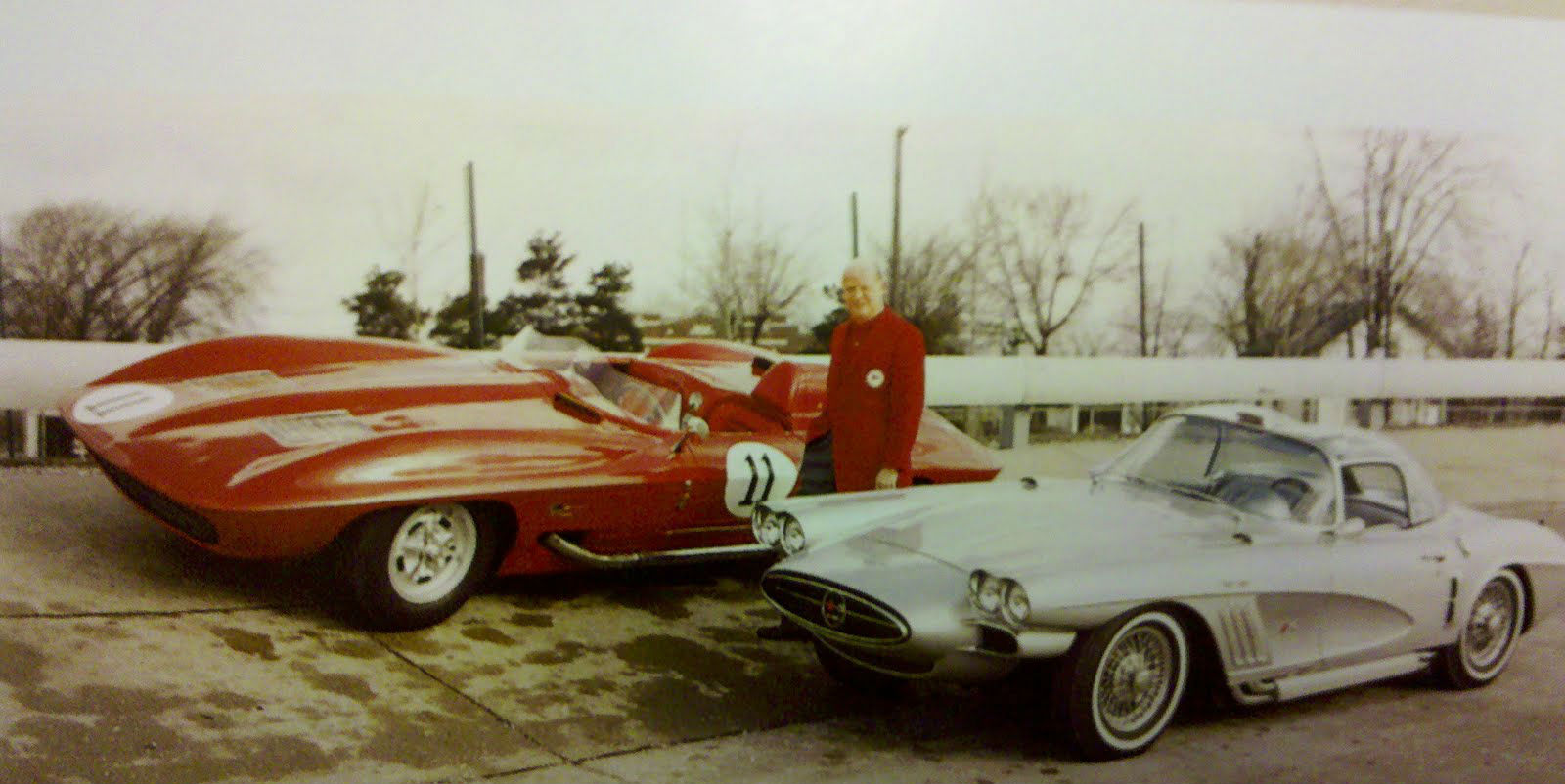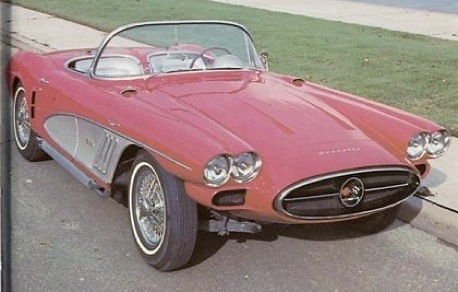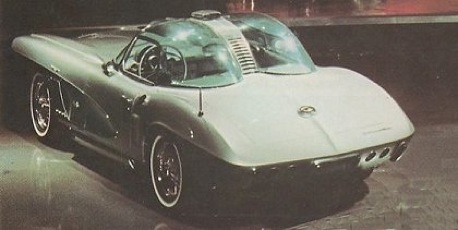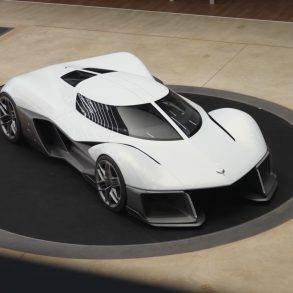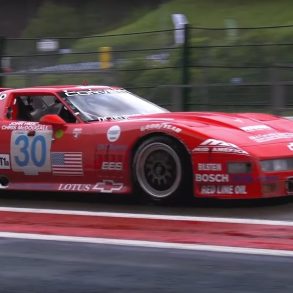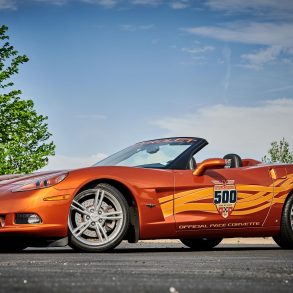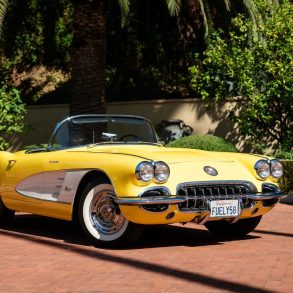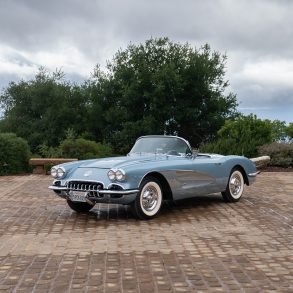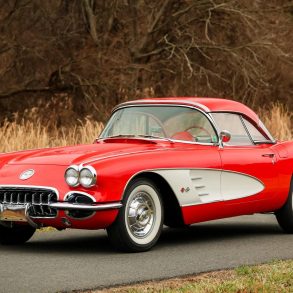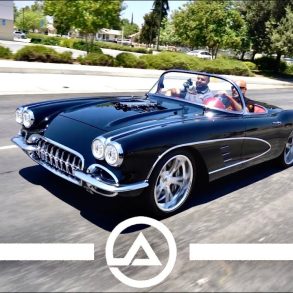Corvette XP-700
There are two universal truths that have shown themselves to be prominent throughout the history of the Corvette. The first being that the Corvette design team has never been shy about pushing the envelope in regards to style and performance. The second of these truths is that the history of America’s iconic sports car is filled with instances characterized by mystery, intrigue, and a touch of good old fashion folklore.
The story of the 1958 Corvette XP-700 features both of these elements, and debate still exists today regarding its disappearance, and possible reemergence as another one of a kind Corvette, in what could only be described as a second life of sorts. Although mystery still surrounds the circumstances of the XP-700’s whereabouts, its story has still captivated the minds of many automotive enthusiasts throughout the decades.
Bill Mitchell’s Vision
In 1958, Bill Mitchell, GM’s Vice President of Design, was fast at work composing plans for what would become the company’s latest concept car. Mitchell, who was not the least bit reluctant to style any vehicle as he personally saw fit, was in the midst of bringing to life his latest perceived rendition of the Corvette, in a design turn so futuristic that few had seen the likes.
Mitchell pulled many of the styling cues for this concept car from the Grand Prix racers of the day. He then combined this inspiration with his own unique spin on safety and functionality minded features, creating something truly unique that stood in a realm all its own.
With a set of completed design plans in hand, Mitchell set out to turn the car that he had envisioned, into reality. A stock 1958 Corvette was chosen as the canvas from which Mitchell’s masterpiece was to be built, and he proceeded to put his plan into action.
The Corvette XP-700 Is Born
When all was said and done, the bone-stock 1958 Corvette which Mitchell had begun with, was heavily modified to give rise to what came to be known as concept car XP-700. While much of the vehicle’s powertrain and other mechanical attributes went untouched, nothing could have been further from the truth regarding the car’s body.
Much of the conceptual Corvette’s stylings drew heavily off of Mitchell’s fascination toward the Grand Prix race cars of the era. Among some of the most notable areas of influence were the car’s sizable front-end overhang, large air scoops, and wire wheels. Other front-end design features included a significantly sized, loop-style bumper-grill and quad headlights.
While the XP-700’s front-end was completely new and eye-catching, the vehicle’s rear-end design was something magnificent to behold in itself, and would serve as a trial for the subsequent redesign that was to be showcased on the 1961 production run of Corvettes.
The Corvette XP-700, which was originally red in color, became the personal car of its designer, Bill Mitchell. This continued for a period of one year before the go-ahead was given for the car to be put to work on the travel show circuit. However, before the XP-700 was to hit the road, Mitchell had some last-minute changes in mind.
Several modifications were made to the XP-700, including a restructuring of the grill cavity to a more elliptical layout, the addition of an under-grill scoop, lengthening of the rear-end, and a change in paint color from red to metallic silver. However, the most significant, and easily recognizable modification was yet to come.
In October of 1959, a double bubble laminated plastic top was added to the XP-700. This top was said to minimize glare and provide drivers with a completely unobscured view of the road. A metal strut ran from front to back in the centermost region between each bubble canopy. Louvered vents were also incorporated into this center strut, allowing for increased airflow, and minimization of fogging.
The double bubble laminated plastic canopy was coated with vaporized aluminum in an attempt to cut down on heat transfer into the cabin of the car. The Corvette XP-700 was also outfitted with a one of a kind telescoping rearview mirror to aid in driver visibility.
With modifications complete, the XP-700 received Mitchell’s final blessing to be shipped out for display. In April of 1960, the car debuted to a substantial crowd at the 4th International Automobile Show in New York.
A Fate Unknown…Or Is It?
Although this seems like a fairly standard rendition of the life of a concept car, much of what makes the Corvette XP-700’s story unique is the mystery surrounding what became of it after its show circuit days concluded. As quickly as the car came into existence, it seemed to have vanished, with few clues as to where it went or what final fate awaited it.
One of the most widely accepted theories is that the XP-700 was essentially cannibalized to become the platform for XP-755, the first Mako Shark. There appears to be a fair amount of evidence to back this claim up as well.
A GM memo dated 3/28/61 seems to reveal details of the XP-700’s rebirth as the Mako Shark, stating, “Plans made to use components from XP-700 for XP-755.” However, one fact has always remained at the forefront of the minds of those that prefer to believe that the Corvette XP-700 still exists in an unaltered state. A similar GM memo from 1962 detailed the update and installation of trim into the XP-700.
Was the latter of these two memos referring to the XP-700 in its original state, or the revised car that had now become known as XP-755, the Mako Shark? While the question itself is intriguing, it is one that we will likely never know the answer to.


